Your cart is currently empty!
The golden age of arcade gaming created legends that continue to influence the gaming industry today. These iconic titles didn’t just entertain millions—they built communities, sparked competitions, and established the foundation for modern gaming culture. From the simple brilliance of Pac-Man to the revolutionary combat of Street Fighter II, these games represent the pinnacle of arcade entertainment.
The Cultural Impact of Arcade Gaming
Arcade gaming created something truly special: a shared cultural experience where players gathered in public spaces to test their skills against both machines and each other. The atmosphere was electric—the sound of quarters dropping, the glow of CRT monitors, and the tension of knowing everyone was watching your performance. This social aspect of gaming is something that’s difficult to replicate in today’s home gaming environment.
Each of these legendary titles contributed something unique to gaming history, whether through innovative gameplay mechanics, technical achievements, or cultural significance that extends far beyond the arcade floor.
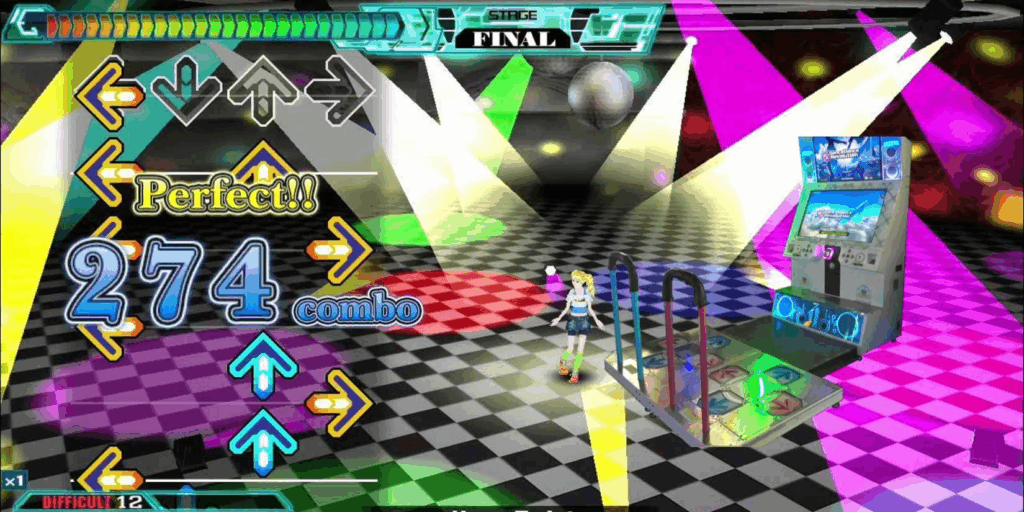
9. Dance Dance Revolution: Courage on the Dance Floor
Dance Dance Revolution transformed gaming from a sedentary activity into a full-body workout experience. While many players owned home dance mats, taking your skills to the public arcade was an entirely different challenge. Successfully completing songs on Heavy Mode in front of a crowd earned you instant respect and demonstrated the courage to perform under pressure.
The rhythm game genre owes much to DDR’s innovation, proving that gaming could be physical, social, and incredibly entertaining. Its influence extends globally, with the game maintaining popularity in many countries where rhythm games remain a cultural phenomenon.

8. The Simpsons: Family Teamwork at Its Finest
The Simpsons arcade game perfectly captured the essence of America’s favorite animated family while delivering exceptional beat-em-up gameplay. Each character brought unique abilities to the adventure:
- Homer’s powerful fists and devastating belly drop attacks
- Marge’s surprisingly effective vacuum cleaner combat
- Bart’s high-speed skateboard rushes
- Lisa’s precise jump rope techniques
The game’s cooperative gameplay mechanics allowed players to combine their efforts, creating devastating team attacks that made rescuing baby Maggie from Smithers an unforgettable experience. The ability to play as an entire family resonated with players of all ages.
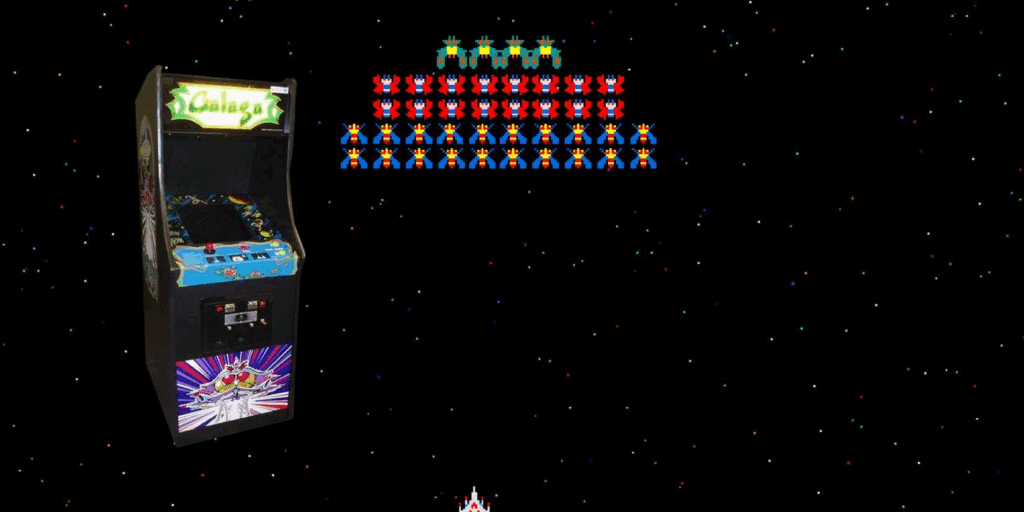
7. Galaga: Timeless Space Combat
Galaga achieved something remarkable: immortality in the gaming world. Decades after its release, you can still find the game in various formats, from arcade cabinets to mobile apps. Its simple yet addictive gameplay loop has inspired countless imitators, though none have quite captured the magic of the original.
The game’s deceptive simplicity masks its challenging progression. While the first few levels teach you the basics of shooting descending alien formations, the difficulty ramps up quickly. By level 10, you’re fighting for survival as the aliens move faster than your shots can travel. This perfect balance of accessibility and challenge explains why Galaga remains a favorite among casual and hardcore gamers alike.
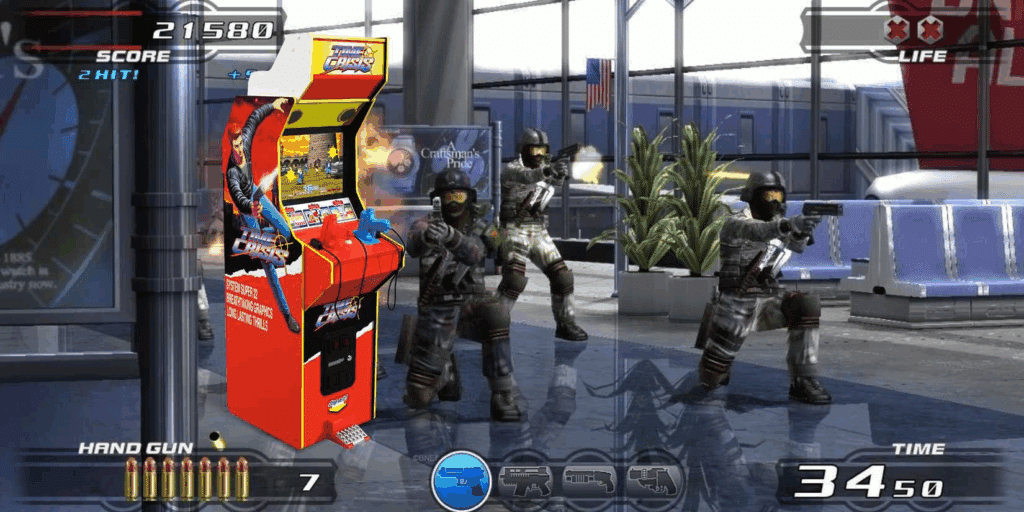
6. Time Crisis: Interactive Action Movie Experience
Time Crisis revolutionized the light gun shooter genre by introducing the foot pedal cover system, creating unprecedented immersion in arcade gaming. Players became agents of the V.S.S.E. (Vital Situation, Swift Elimination) squad, tasked with world-saving missions that felt like starring in your own action movie.
The innovative cover mechanic wasn’t just a gimmick—it fundamentally changed how players approached shooter games. You could duck behind cover to avoid enemy fire, then emerge to return fire with precision. This tactical element elevated the genre beyond simple point-and-shoot mechanics, creating a more strategic and engaging experience.

5. Marvel vs. Capcom 2: The Ultimate Crossover Fighting Experience
Marvel vs. Capcom 2 represented the peak of crossover fighting games, featuring an unprecedented roster of 56 characters from both universes. The game’s popularity was so intense that finding an available cabinet often meant waiting in line, with increasing pressure as more players queued behind you.
The three-on-three combat system created endless possibilities for creative team combinations and devastating combo sequences. Watching players masterfully control characters like Spider-Man, Mega Man, or Wolverine in perfectly timed sequences was a spectacle that drew crowds. The game’s influence on the fighting game community cannot be overstated—it set the standard for crossover fighters that developers still chase today.

4. Mortal Kombat: Pushing Boundaries with Brutal Combat
Mortal Kombat broke new ground with its photorealistic digitized characters and controversial Fatality finishing moves. For players who couldn’t access the game at home due to its mature content, arcades became the only place to experience this groundbreaking fighter.
The game’s use of live-action actors for character animations was revolutionary for its time, creating a visual style that was both realistic and fantastical. While it wasn’t the first game to use this technique, Mortal Kombat popularized the approach and inspired numerous imitators throughout the fighting game genre.
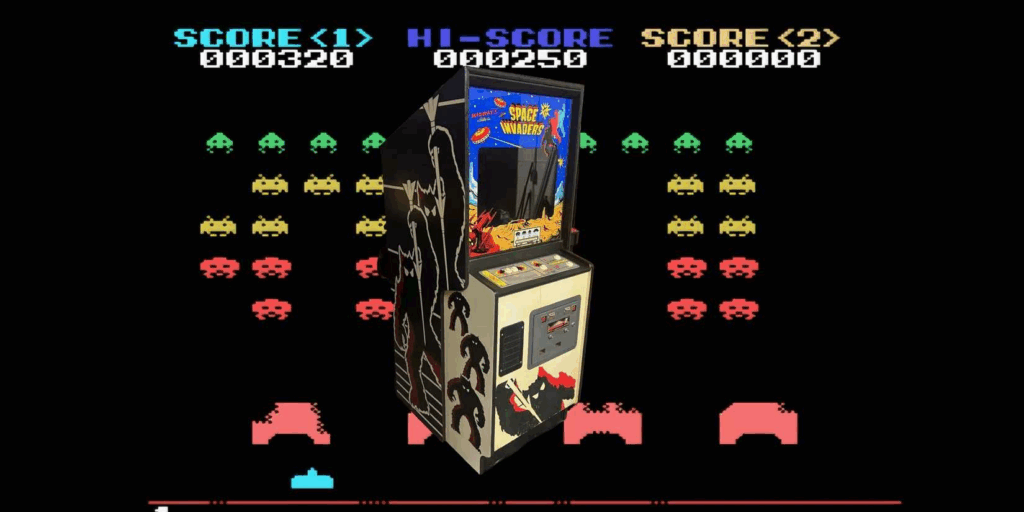
3. Space Invaders: The Foundation of Arcade Culture
Space Invaders deserves recognition as the game that essentially created the arcade industry as we know it. Unlike later games with mobile characters, Space Invaders cast players as defenders of Earth, protecting the ground from descending alien formations.
The game’s influence extends beyond arcade gaming into the broader spectrum of video game design. Many developers cite Space Invaders as inspiration for tower defense games and other strategic shooting experiences. Its simple premise—defend against waves of increasingly difficult enemies—became a template that countless games would follow.
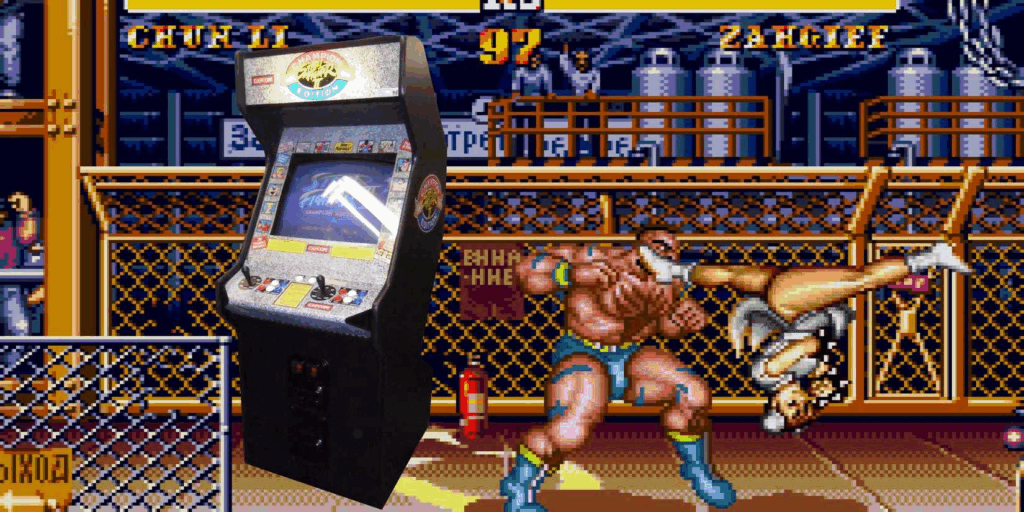
2. Street Fighter II: Birth of Competitive Gaming
Street Fighter II didn’t just create a great fighting game—it inadvertently launched the competitive gaming scene that dominates esports today. The game’s famous combo system actually originated from a programming glitch that allowed rapid button presses to prevent opponents from attacking. Rather than fixing this “bug,” developers embraced it, creating a feature that would become fundamental to all future fighting games.
The game’s immediate popularity led to informal tournaments among friends, which quickly evolved into the first official fighting game tournament in 1992. This grassroots competitive scene laid the groundwork for the massive esports industry we know today.
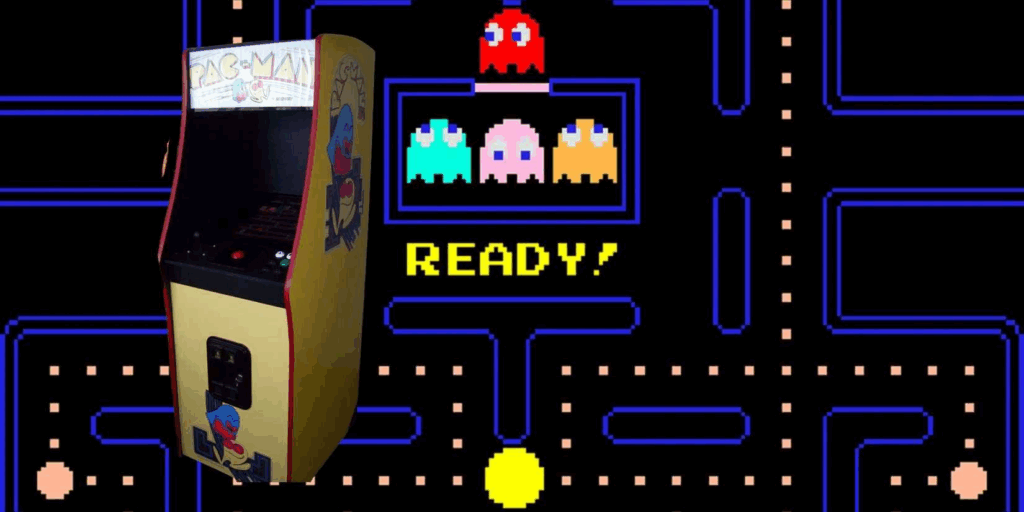
1. Pac-Man: The Universal Gaming Experience
Pac-Man achieved something unprecedented: universal appeal. Even people who had no interest in video games were willing to try navigating the yellow hero through those colorful mazes. The controls were intuitive, the gameplay was non-violent, and the concept was simple enough for anyone to understand immediately.
The game’s competitive scene, alongside Donkey Kong, established the foundation for official gaming tournaments. Players would spend hours competing for high scores, creating a spectacle that drew crowds of onlookers. The sight of Pac-Man cabinets could be found in virtually every arcade, making it the closest thing to a guaranteed gaming experience wherever you went.
The Lasting Legacy
These nine games represent more than just entertainment—they’re cultural artifacts that document the evolution of gaming from simple diversions to complex interactive experiences. Each title contributed unique innovations that continue to influence game design today:
- Community Building: Games like Street Fighter II and Marvel vs. Capcom 2 created gathering places for competitive players
- Accessibility: Pac-Man and Space Invaders proved that great games could appeal to everyone
- Innovation: Time Crisis and Dance Dance Revolution showed how physical interaction could enhance gaming
- Storytelling: The Simpsons demonstrated how licensed properties could create authentic gaming experiences
- Technical Achievement: Mortal Kombat pushed the boundaries of what was possible with arcade hardware
Why These Games Matter Today
In an era of home gaming dominance, these arcade classics remind us of gaming’s social roots. They created shared experiences, fostered communities, and proved that the best games combine simple concepts with deep, engaging gameplay. Whether you experienced these games in their original arcade environment or discovered them through modern ports and compilations, their influence on gaming culture remains undeniable.
The legacy of these arcade legends continues through modern gaming, from the competitive scenes they inspired to the gameplay mechanics they pioneered. They represent a time when gaming was inherently social, challenging, and most importantly, fun for everyone who stepped up to the cabinet and dropped in their quarters.
Understanding these classics helps us appreciate not just where gaming has been, but where it continues to go as developers draw inspiration from these timeless designs and the communities they created.
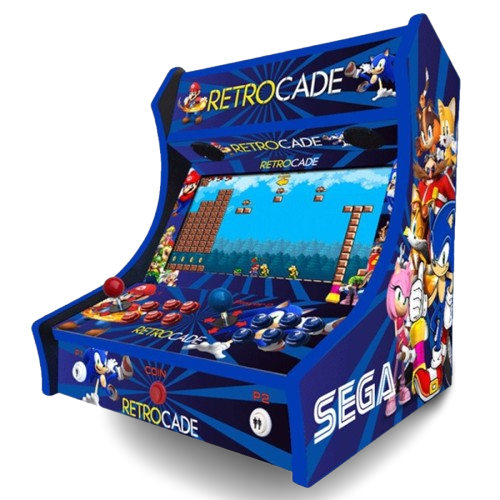

Leave a Reply